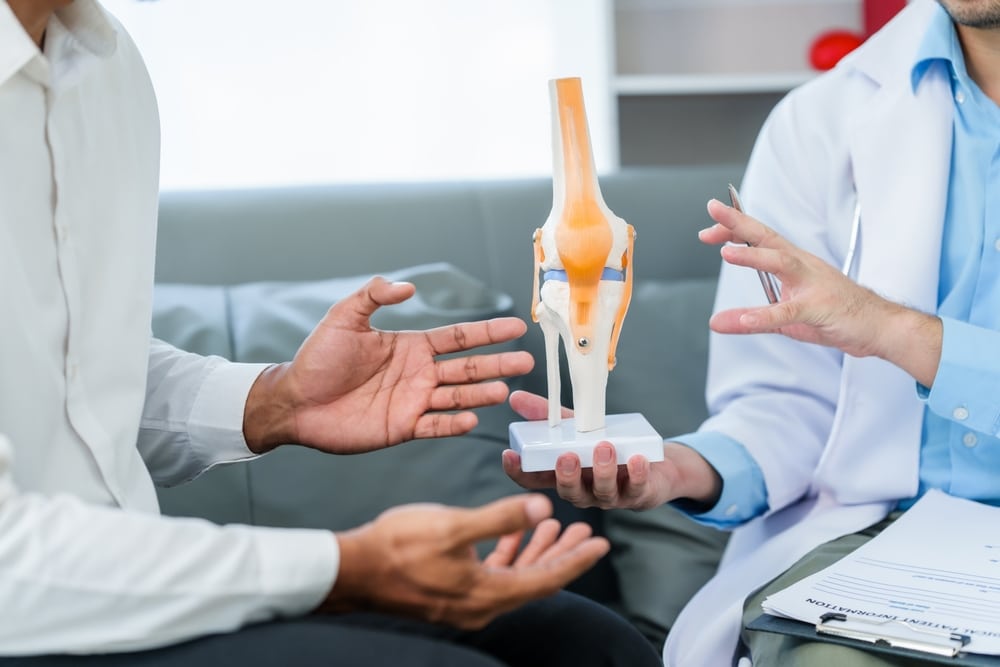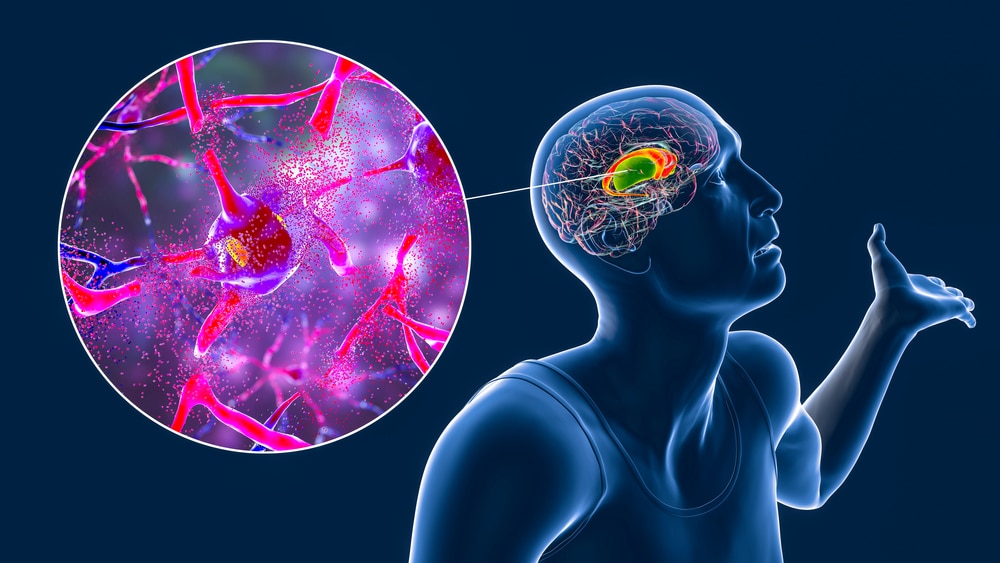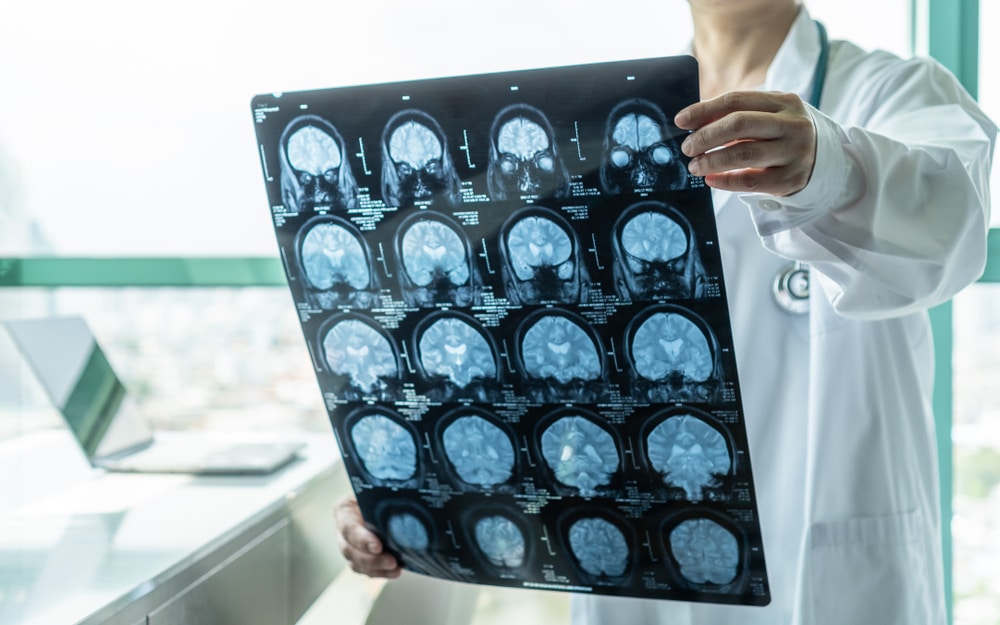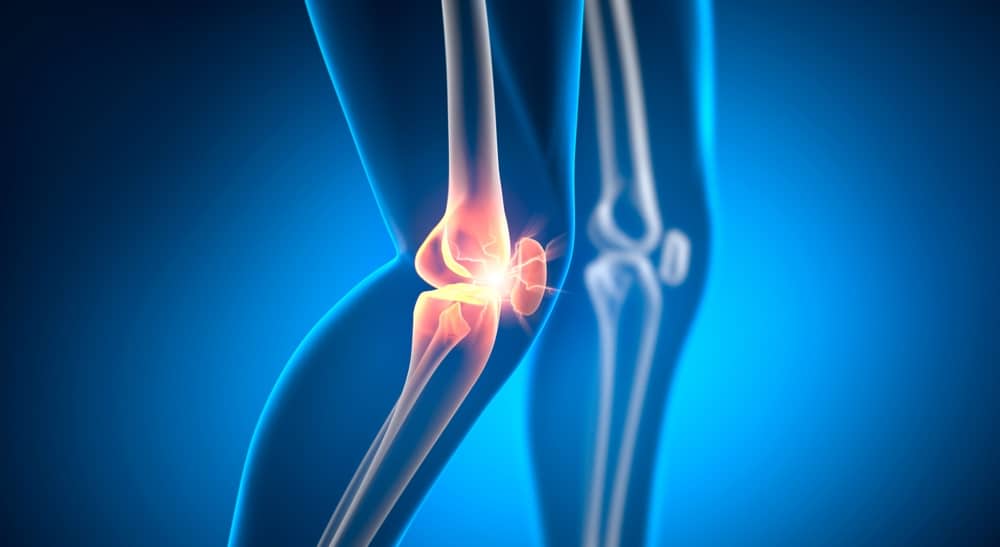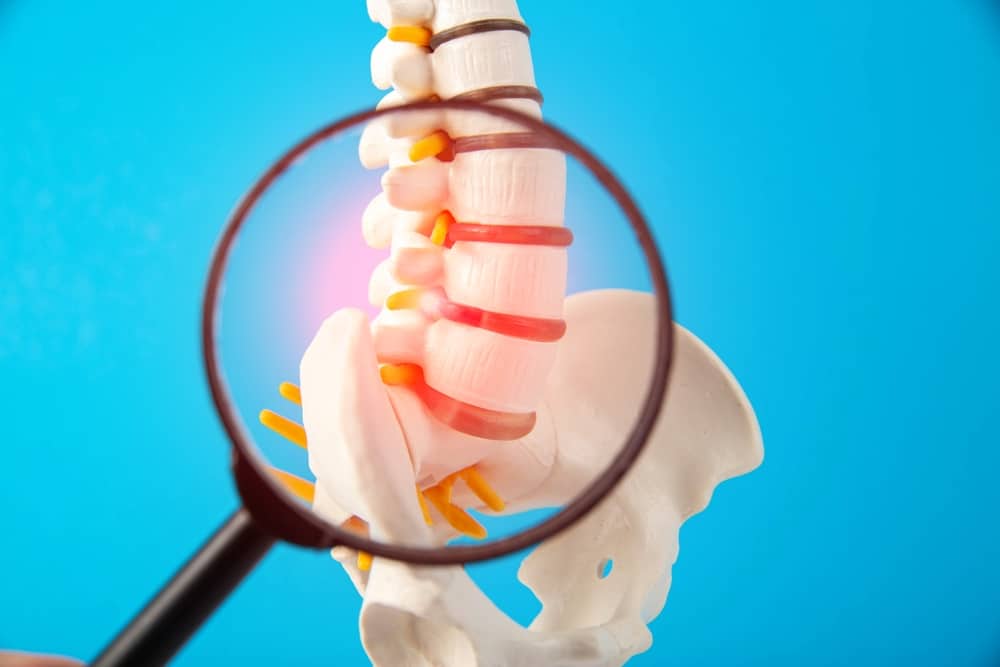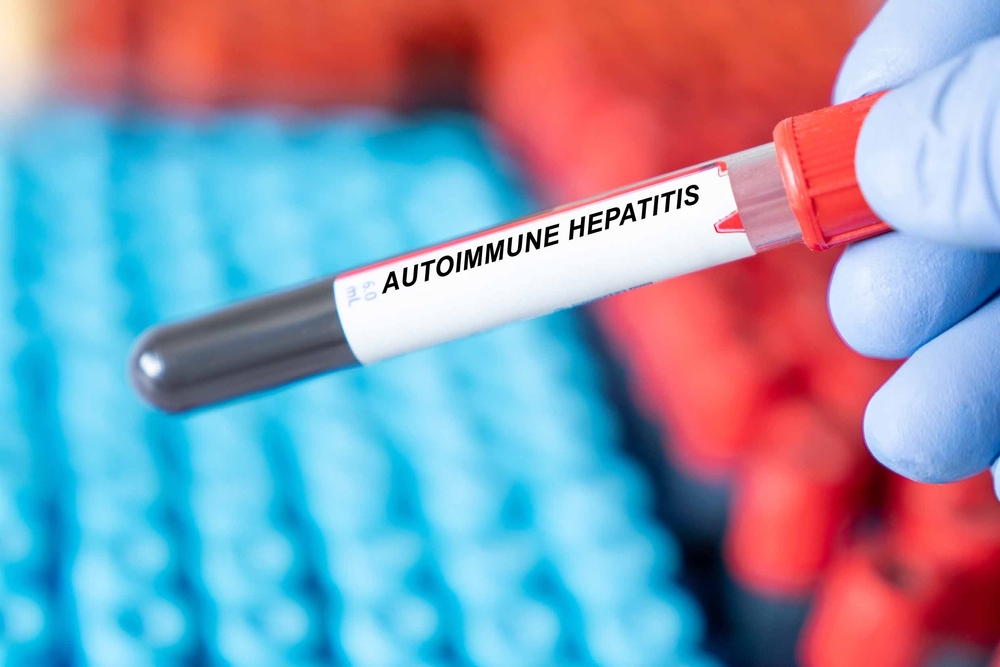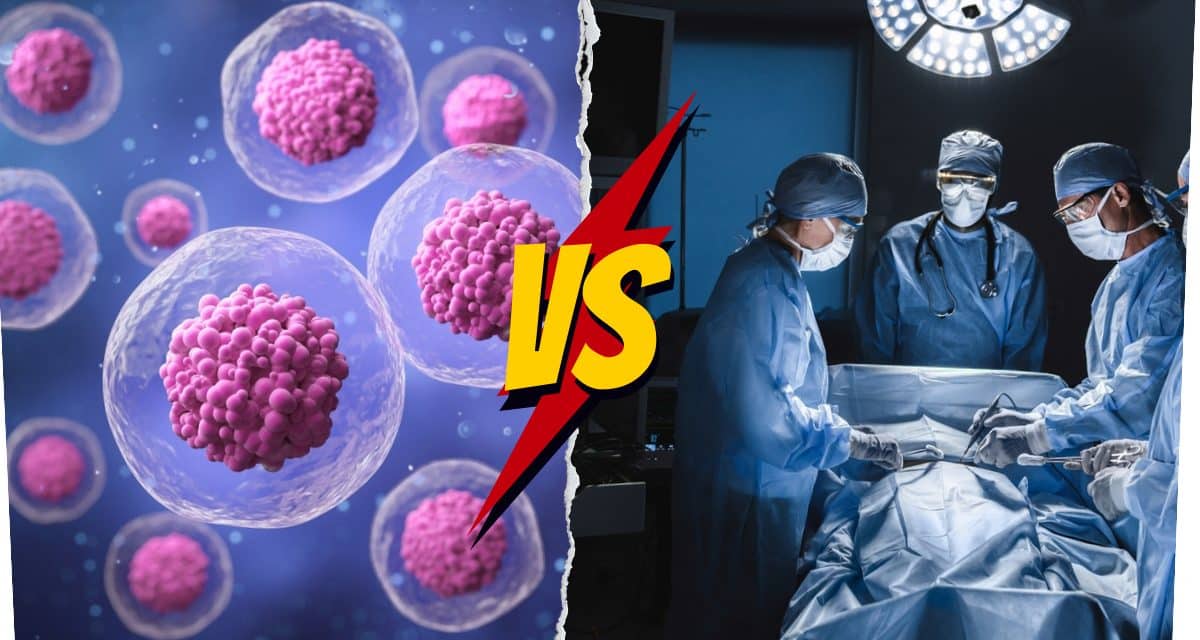My interest in regenerative medicine was sparked during my social service internship at the “20 de Noviembre” National Medical Center, where I received in-depth training in advanced cell culture and tissue regeneration bioprocesses. This experience ignited a lasting passion for innovative, high-impact medicine and ultimately led me to co-found StemBiotech in 2021—a company dedicated to developing and producing biotechnology solutions in the field of cell regeneration.
Over the course of my career, I’ve been involved in several research initiatives related to regenerative medicine, contributing to the development of sophisticated bioprocesses and the discovery of biomarkers for degenerative conditions. Clinically, I’ve cared for hundreds of patients, integrating advanced regenerative therapies while remaining committed to ongoing education and best practices in care. I currently serve as an attending physician in the Neonatology department at the Hospital de la Mujer, where I provide specialized care for newborns. Previously, I held leadership roles, including director of the outpatient clinic at Hospital Ángeles Culiacán and medical director at Grupo Premier.
My clinical background includes extensive experience managing neonatal and intensive care patients, particularly during my tenure at the General Hospital of Culiacán under SEDENA’s direction. During the COVID-19 crisis, I was honored nationally for my frontline service. In addition to my clinical and research work, I actively share my knowledge through talks and lectures on regenerative medicine for both healthcare professionals and the public, and I’ve participated as a speaker at various national conferences.
I’m currently completing a master’s degree in regenerative medicine at the Instituto de Estudios Superiores de Biotecnología Médica, deepening my expertise and reinforcing my dedication to medical innovation and excellence.
Beyond medicine, I find balance through hiking and observing wildlife—activities that help me stay grounded and connected to nature. I’m also passionate about volunteering in indigenous communities, where I support health and development initiatives. Music is another important part of my life; I play the violin and other string instruments, which offer me a creative outlet and a source of personal fulfillment.
Ultimately, my mission is to advance regenerative therapies that enhance patients’ quality of life and help push the frontiers of modern medicine, bridging clinical care with cutting-edge biomedical research.


























